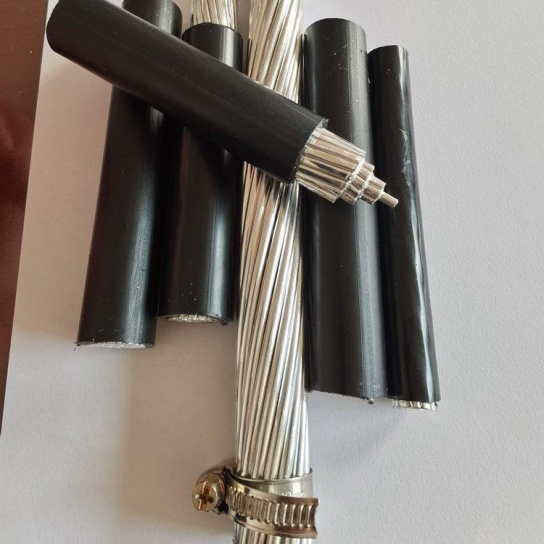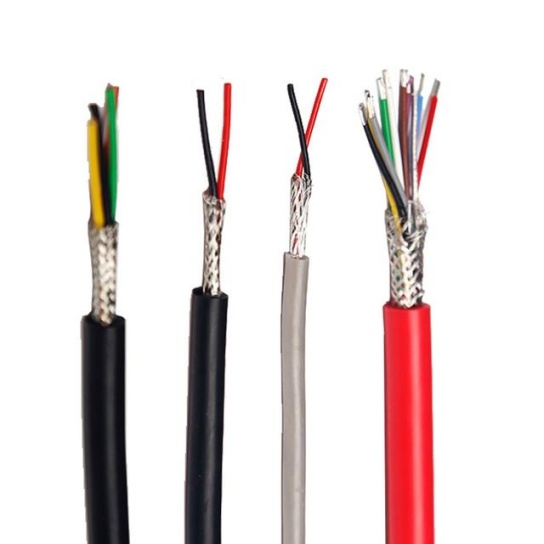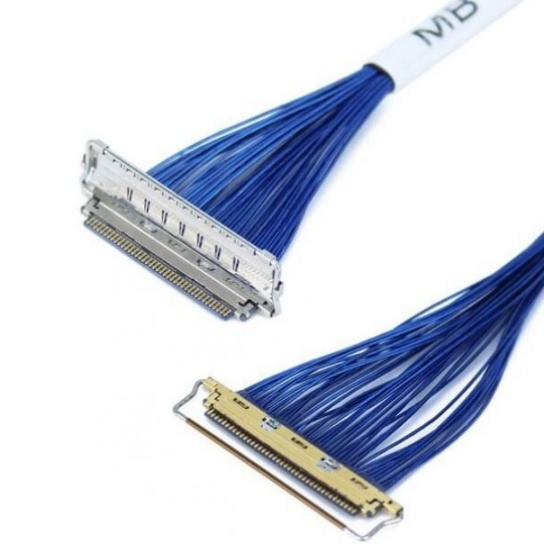Debunking 5 Aviation Cable Myths: Safeguarding Safety with Facts
In the high-stakes world of aviation, where every component is critical to safety, misconceptions can have serious consequences. Aircraft control cable systems are the literal lifelines connecting pilot input to control surfaces. Yet, persistent myths surrounding their selection, installation, and maintenance circulate, sometimes leading to poor decisions or unnecessary apprehension. Let’s cut through the noise and debunk five of the most common aviation cable myths.
Myth 1: “All Stainless Steel Aircraft Cable is Created Equal.”
- The Myth: If it’s labeled “stainless steel aircraft cable,” it automatically meets the stringent requirements for aviation use.
- The Reality: This is a dangerous oversimplification. Aviation-grade stainless steel cable isn’t just about the base alloy (like 302/304 or 316). Its performance hinges on:
- Precise Manufacturing: Strict control over wire drawing processes, strand forming, and core construction is essential.
- Exacting Specifications: Cables must conform to rigorous military specifications (like MIL-W-83420) or SAE Aerospace Standards (AS), dictating tensile strength, bend fatigue life, corrosion resistance, dimensional tolerances, and torque balance.
- Traceability & Certification: Reputable aviation cable suppliers provide full material traceability and certification proving compliance with the relevant specs. Generic “stainless cable” from a hardware store absolutely does not meet these standards. Using non-certified cable risks premature failure under flight loads.
- Why It Matters: Compromising on cable quality directly compromises aircraft integrity and safety. Always demand certified cable meeting the exact specification called for in your aircraft’s maintenance manuals or Type Certificate Data Sheet (TCDS).
Myth 2: “If it Looks Fine, It Is Fine.” (Visual Inspection is Sufficient)
- The Myth: A cable that looks shiny and intact, with no obvious kinks or broken strands, must be safe to use.
- The Reality: Internal damage is invisible. Key threats include:
- Internal Corrosion: Moisture ingress or corrosive elements can cause strand pitting or weakening deep within the cable bundle, significantly reducing strength with no outward sign. (Example: A cable passing through a wing root or near battery compartments.)
- Fatigue Cracking: Repeated flexing, especially through fairleads or over pulleys, causes micro-fractures within the wires that accumulate over time. These are invisible until a strand finally breaks.
- Wear at Interfaces: Grooving or hidden wear inside swaged or pressed terminals (nicopresses) dramatically reduces the cable’s effective strength at its most critical connection point.
- Why It Matters: Relying solely on visual inspection gives a false sense of security. Regular, scheduled inspections using proven techniques (like the Rag Test for broken wires) and timely replacement based on manufacturer hours/cycles/calendar time are non-negotiable for safety. NDT methods (magnetic particle, eddy current) might be required for critical components.
Myth 3: “Stainless Steel Cable Never Corrodes.”
- The Myth: Stainless steel aircraft cable is completely impervious to corrosion due to its “stainless” nature.
- The Reality: While significantly more resistant than carbon steel, stainless steel (especially 302/304) can corrode in aviation environments:
- Galvanic Corrosion: Contact with less noble metals (like aluminum or cadmium-plated parts) in the presence of an electrolyte (moisture, salt) creates an electrical current that corrodes the aluminum or plating. Stainless becomes the cathode, accelerating the corrosion of the other metal but can still suffer indirect effects.
- Stress Corrosion Cracking (SCC): Under sustained tensile stress and exposure to certain chlorides (salts), hydroxides, or elevated temperatures (found in engine compartments), susceptible alloys can develop sudden, brittle cracks.
- Pitting Corrosion: Chloride-rich environments can cause localized pitting, particularly if protective oxides are damaged (e.g., during assembly) or if the cable is contaminated.
- Why It Matters: Understanding that stainless isn’t invincible dictates proper installation practices (avoiding contact with dissimilar metals where possible, using proper seals/grommets), careful selection (higher-grade 316 may be better for saltwater environments), and regular inspection of cable runs and terminations.
Myth 4: “A Higher Breaking Strength Always Means Better Cable.”
- The Myth: Choosing a cable solely because it has an advertised higher breaking strength (e.g., “2000 lbs vs. 1800 lbs”) automatically makes it superior and safer for an aviation application.
- The Reality: Breaking strength is just one factor. Selecting cable involves balancing several crucial properties:
- Fatigue Life: Often MORE critical than static strength. Cable experiencing constant flexing needs high fatigue resistance. A super-high-strength cable might be stiffer and have worse fatigue performance than the correctly specified cable. Think engine controls vs. trim cables.
- Flexibility: Applications with tight bends or routing through multiple pulleys demand high flexibility, potentially requiring different construction (more, smaller strands).
- Specification Compliance: Aircraft are certified with specific cables meeting defined specs. Using a different cable, even if “stronger,” voids certification unless approved via a Supplemental Type Certificate (STC) or equivalent process.
- Weight & Diameter: Higher strength often comes with increased weight or diameter, which might not fit routing guides, pulleys, or balance requirements.
- Why It Matters: Aircraft design is a system. Deviating from specified parts without engineering analysis and approval can have unforeseen consequences on control harmony, vibration, clearance, and ultimately, safety. Never substitute cable based solely on breaking strength.
Myth 5: “Re-termination is Always Acceptable if Done Correctly.”
- The Myth: If a cable termination (swage, nicopress sleeve) looks good and is compressed with the right tools, it’s as strong as new, even if done after initial assembly.
- The Reality: While proper re-termination with the correct tooling and inspection can be acceptable if explicitly allowed by the aircraft manufacturer’s procedures, it is not universally permitted. Key reasons:
- Work Hardening & Damage: Removing an old fitting often requires cutting the cable near the fitting. This area experiences stress concentration and potential internal wire damage during both initial compression and removal. Swaging itself work-hardens the cable ends.
- Loss of Material Integrity: Multiple swaging cycles concentrate stress and increase the risk of fatigue failure at the fitting mouth.
- Manufacturer Requirements: Many manufacturers mandate cable replacement as an assembly if the terminal needs removal. Their Maintenance Manuals specify the rules.
- Why It Matters: Terminations are the Achilles’ heel of cable systems. Bypassing manufacturer instructions for re-termination risks creating a weak point. Always, ALWAYS consult the specific aircraft maintenance manual (AMM) before considering re-termination. Replacement of the entire cable assembly is frequently the only approved method.
Fly With Confidence: Knowledge is Your Control Cable
Debunking these myths reinforces a core principle: rigorous adherence to proven standards, specifications, and manufacturer maintenance procedures is paramount in aviation. Aircraft cable systems demand respect and understanding. Don’t let myths guide your maintenance or purchasing decisions.
- Always use certified cable meeting the exact specification (MIL-W-83420, AS type).
- Follow inspection intervals and techniques religiously – visual checks aren’t enough.
- Understand that stainless resists, but isn’t immune to, corrosion.
- Select cable based on the full requirement, not just breaking strength. Use only specified components.
- NEVER re-terminate without explicit authorization from the manufacturer’s maintenance manual.
By grounding our practices in fact, we ensure the cables connecting us to the sky remain as reliable as the knowledge we use to maintain them. Invest in quality, follow the procedures, and fly safe.
Protect your aircraft and passengers with confidence. Lynx Cable only sources and supplies aerospace-grade cable meeting MIL-W-83420 and AS specifications. **Explore our certified aviation cable solutions >**






